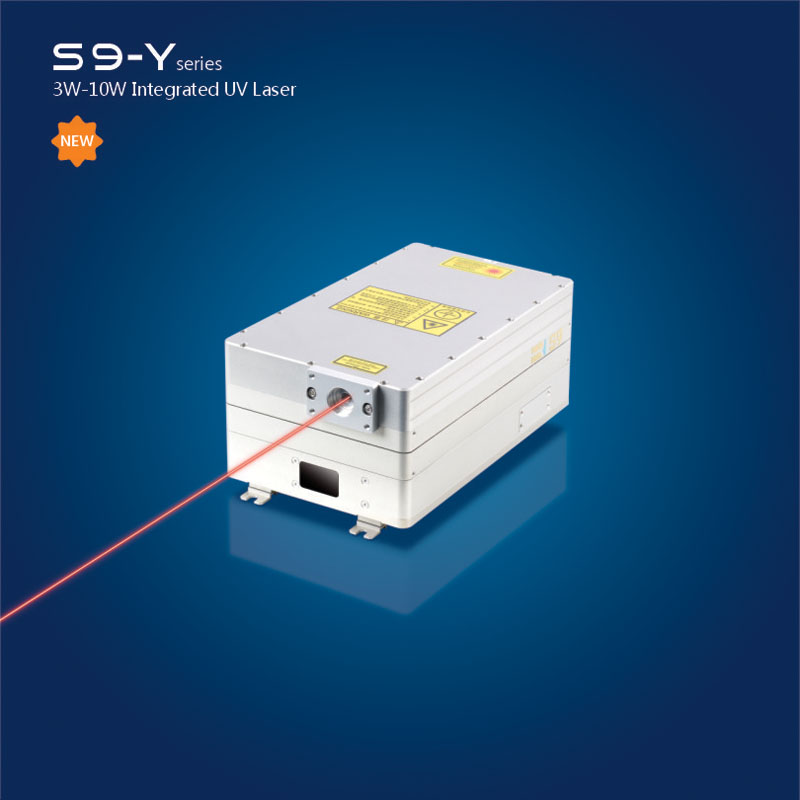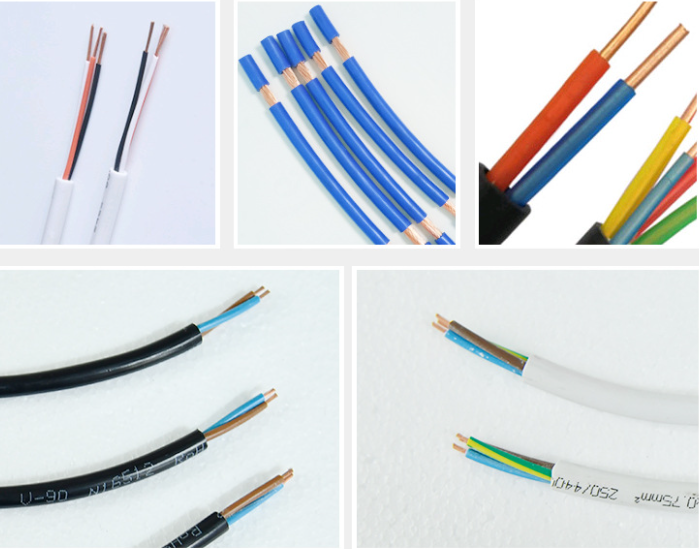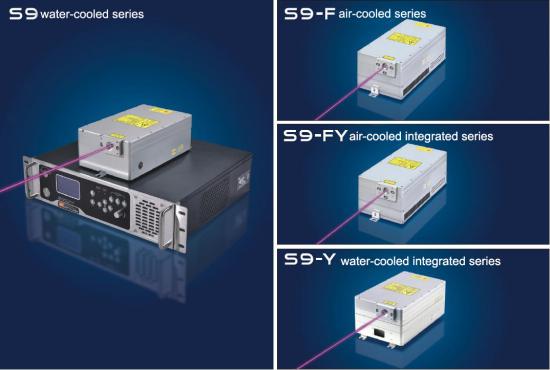
355nm Laser Wire Stripping for Medical Device Manufacturing Applications
Dec 19 , 2022
Using laser light to remove insulation or coating layers from electrical wires, catheters and other medical devices is now the norm. This is understandable as there are many benefits to using a laser stripping process for medical device manufacturing. The most important is the highly repeatable quality that is inherent to the process. When using a CO₂ laser to strip polymer insulation, from a wire conductor for example, the laser energy is readily absorbed by the insulation but highly reflected by the underlying metal conductor. Since the conductor reflects the laser light, there is no risk of it getting damaged during the stripping process. With laser stripping, there are no limits to how small of a wire can be stripped and no matter the wire size, there remains no risk of damage to the conductor.
Another benefit is that laser stripping machines can strip round, out-of-round, flat ribbon or any other shape of wire or cable. Stripping geometries include end stripping, window stripping, slitting or complete area ablation. The process is also very user-friendly. There are no blades to change or consumables to replace in contrast to mechanical stripping methods. The process is non-contact, so there are no maintenance or wear items that need to be replaced frequently.
Laser stripping machines are also very versatile. There are many different laser types on the market, each having a different wavelength. The idea is to select a laser with a wavelength and power that is readily absorbed by the layer you want to remove (strip) yet gets strongly reflected from the underlying layer.
Laser strippers can be used in a semi-automatic process where the operator presents the material to be stripped to the machine. This is typically used for end stripping and can be used for single ends or a batch at a time. In addition, the laser stripper can also be fully integrated with a downstream cut & strip machine to measure, cut and strip in a fully automatic process.

In medical device manufacturing, selecting the correct wires and cables for the job and properly processing them is of extreme importance. In some cases, it can be the difference between life and death for a patient. Laser wire stripping can ensure higher quality processing for several different medical applications.
Catheters are used to guide a medical probe or device to the required tissue. The highest demands are placed on reducing wiring size to improve maneuverability and increase functionality. Typical applications include RF ablation where the catheter carries multiple conductors, including a number of thermocouples, as well as the RF ablation signal. This fine wiring tends to be manufactured using either enamel (e.g. polyimide) coatings or bio-compatible fluoropolymers.
Smaller wires, such as those used in catheters can easily be nicked when using traditional mechanical stripping methods. However, because the conductor will reflect the laser, laser wire stripping ensures a 100% nick-free strip, even with the smallest wires.
These flexible, spring-like, electrodes pose special challenges to laser ablation due to their fluoropolymer coatings and sensitivity to heat during processing. However, those challenges can be overcome with the selection of the proper laser and processing technique, making laser stripping a viable option.
Medical power tools, such as drills used in brain surgery, must have the highest levels of quality and reliability. Traditional mechanical brushing and abrading of enameled motor windings can introduce dangerous particulates into the end product. Laser stripping offers a clean alternative.
The hypotube is a long metal tube with micro-engineered features along its length. It is a critical component of minimally-invasive catheters, used in conjunction with balloons and stents to open up clogged arteries. The balloon portion of the catheter is attached to the head of the hypotube. In manufacturing such devices, it is necessary to remove part of the extruded coating (such as PTFE, ETFE or nylon based compounds). Laser removal is proving popular over more traditional blade based methods primarily due to the ability to automate the process.
Small gauge single conductors are very common in medical devices, whether found in a catheter delivered device or in a cochlear implant or hearing aid. With laser stripping, wires as small as 50 AWG and smaller can be stripped without damage to the conductor.
Flat micro-coaxial ribbon cables are found in a great number of medical device interconnects. A classic example is that of the ultra-sound cable. High density, high frequency signals must be transmitted with the most flexible cabling possible - dictating very small conductor sizes in high density micro-coax ribbons. Again, laser stripping guarantees quality results in these small cables.
The medical device manufacturing market requires very high quality processes coupled with ever more complex and delicate wiring systems. Laser wire stripping can meet many of the challenges of the industry and will continue to be the method of choice as smaller and more delicate medical devices continue to evolve.